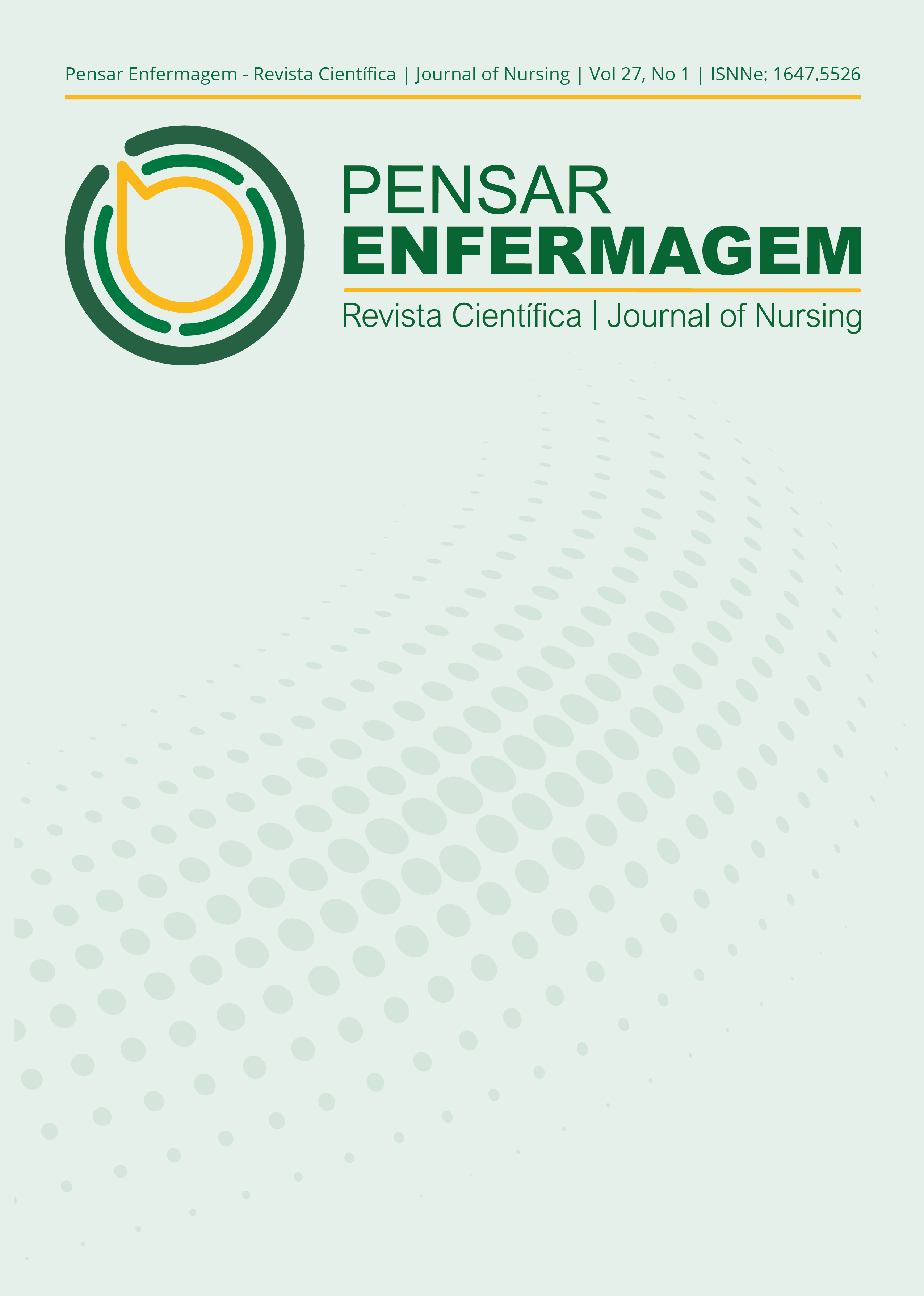Virtual reality as a strategy for labour pain relief: scoping review protocol
Published 2023-08-24
Keywords
- Virtual Reality,
- Pain in Labour,
- Obstetric Nursing,
- Parturient
How to Cite
Copyright (c) 2023 Marta Coelho, Alexandra Tereso

This work is licensed under a Creative Commons Attribution 4.0 International License.
Abstract
Introduction
During labour, pain can affect the health of the mother and the foetus, and its relief is a right of the mother and a duty of the professionals. In the promotion of a positive experience of labour, it is crucial that nurses specialised in maternal and obstetric health give priority to pain assessment and the use of non-pharmacological methods for pain relief, providing the necessary resources and empowering parturients to use them. Among said methods, virtual reality stands out due to its ease of use and for allowing the reduction of pain levels by diverting attention from the real world, using computers and other devices. Since it is a new approach that is not yet implemented in delivery rooms in Portugal, it is important to map the facilitating factors and barriers associated with its use, so that the dissemination of existing knowledge and its transfer to skilled nursing care during the first stage of labour can be planned.
Objective
To map the research evidence on the facilitating factors and barriers in the use of VR as a non-pharmacological strategy for pain relief during labour in hospital settings.
Methods
This protocol follows the guidelines published by the Joanna Briggs Institute. The databases MEDLINE, CINAHL, Cochrane Database of Systematic Reviews and MedicLatina through the EBSCOhost platform, the Joanna Briggs Institute EBP Database, through the Ovid platform are considered for the search and, the grey literature is also included. As inclusion criteria, qualitative, quantitative and mixed studies that address virtual reality as a pain relief strategy during labour in hospital settings (based on the mnemonic PCC - Population, Concept and Context), published in Portuguese, French, Spanish or English language between 2017 and 2022 are considered. The titles and abstracts of identified references will be independently reviewed and assessed for eligibility by two reviewers. In the event of a tie, a third reviewer will be used. Full text studies and data will be extracted using a form. The data extraction table will show the mapped data in a descriptive way answering the research questions.
Discussion
The results will allow summarising the barriers and facilitating factors in the use of Virtual Reality for pain relief during labour and thus contribute to decision making in planning the dissemination of this strategy to pregnant women and health professionals and its implementation in delivery rooms.
Systematic Review Record
Open Science Framework : osf.io/4b2sj

